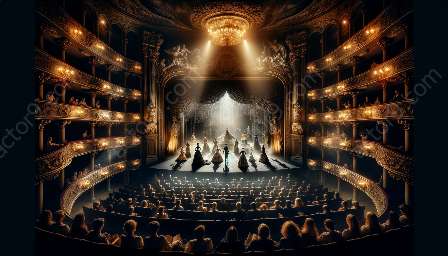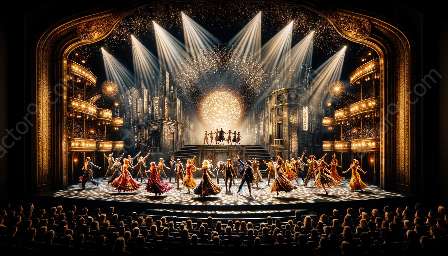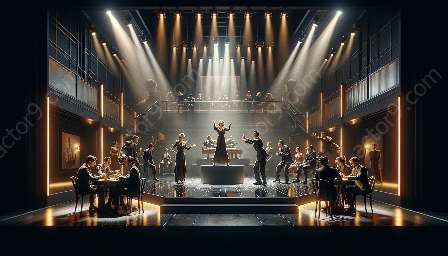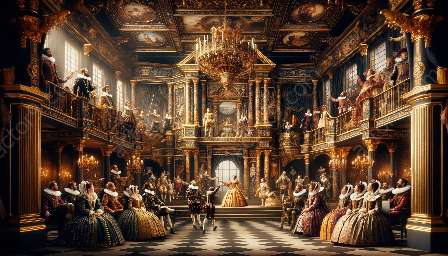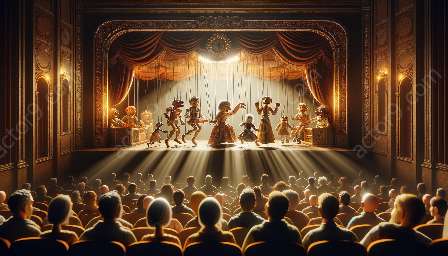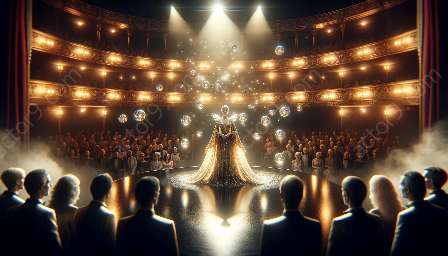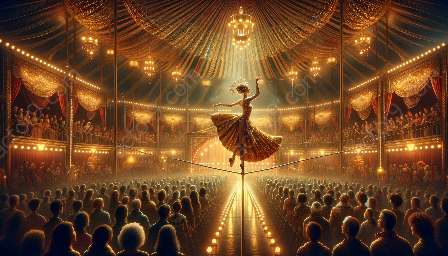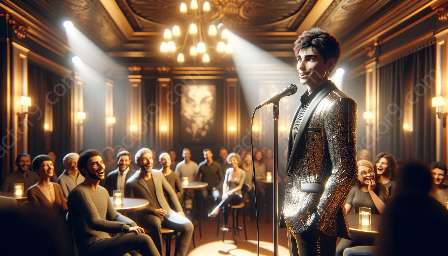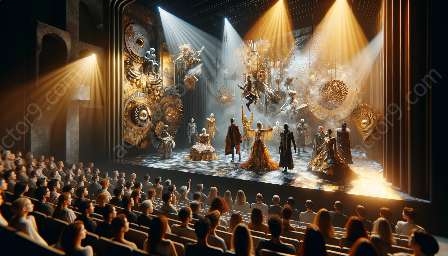With the rise of digital entertainment, voice acting has become a vital component of the performing arts, blurring the lines between acting, theater, and entertainment. This topic cluster delves into the art and profession of voice acting, the skills required, and its relevance to the performing arts and entertainment.
The Art of Voice Acting
Voice acting is the art of performing voice-overs to represent a character or convey information. Unlike traditional acting, voice actors rely solely on their voices to bring characters to life, making it a distinct form of performing arts.
Skills and Techniques
Excelling in voice acting demands a diverse skill set. From vocal range and control to emotional expression and characterization, voice actors must master the art of conveying a character's nuances without a physical presence. They also need to hone their storytelling abilities to captivate audiences and create immersive experiences.
Connection to Performing Arts
Voice acting draws parallels to traditional acting and theater, as it encompasses the same core principles of characterization, emotional depth, and storytelling. Just as actors use their physicality to convey emotions on stage, voice actors rely on vocal prowess to convey the same depth of feeling through their words.
Collaboration in Performance
Voice actors often collaborate with directors, sound engineers, and other actors to create cohesive performances. This collaborative aspect mirrors the teamwork seen in theater productions, emphasizing the interconnectedness of voice acting with the performing arts.
Versatility in Entertainment
Voice acting extends beyond traditional theater and acting realms to encompass a wide range of entertainment mediums. From animated films and video games to audiobooks and commercials, voice actors bring characters and narratives to life across diverse platforms, making voice acting an integral part of the entertainment landscape.
Impact on Audience Experience
The voice acting performances directly influence the audience's emotional engagement with the content, enriching their viewing or listening experiences. Whether evoking laughter, tears, or suspense, skilled voice actors have the power to leave a lasting impression on audiences, aligning voice acting with the overarching goal of entertainment: to captivate and move its audience.
Evolution and Innovation
Technological advancements continue to reshape the voice acting landscape. From motion-capture performances to virtual reality experiences, voice actors are at the forefront of embracing new technologies to enhance their craft, bridging the gap between traditional performing arts and cutting-edge entertainment.
Conclusion
As the realms of performing arts and entertainment continue to converge, voice acting emerges as a dynamic and essential component. Its unique set of skills, connection to traditional acting, and impact across entertainment platforms cement voice acting's relevance and significance in shaping immersive experiences for audiences worldwide.

